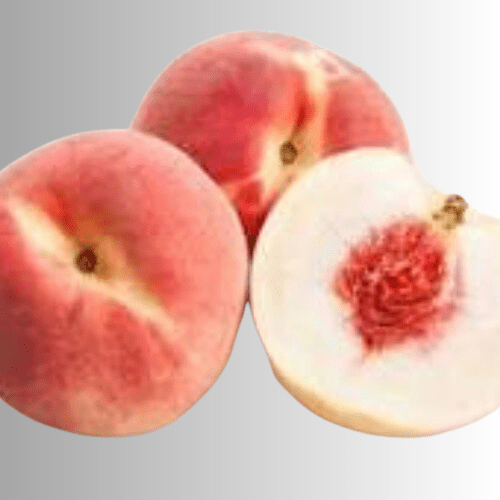Position
Mango trees need full sun to thrive and produce abundant fruit. They should be planted where they receive at least 6-8 hours of direct sunlight daily.
Soil
Mango trees prefer well-drained soil rich in organic matter. Sandy loam or loamy soils are ideal. The soil’s pH level should ideally be between 5.5 and 7.5 for optimal growth. Add at least one bag of acid compost to your soil mix.
Size
This mango tree grows to a height of about 4 to 9 mts with a spread of 4 mts, depending on their growing conditions. However, you can prune it in summer and again in winter to prevent it from becoming too big for your space. You can also stake the branches horizontally to the ground.
Watering
Young mango trees require regular watering to establish a strong root system. Once established, they are moderately drought-tolerant but still need regular watering, especially during dry periods, flowering, and fruiting.
Fertilising:
Fertilise the mango tree regularly with a balanced nitrogen, phosphorus, and potassium fertilizer. Apply our all plant fertiliser three times a year: in early spring, late spring, and mid-summer. Apply one teaspoon every 4-5 months of our slow release fertiliser.
Mulching
Use from 2 to 5 centimetres of pine bark mulch to protect the roots from UV damage and drying out. It retains moisture, and maintains an optimal pH. Do not let the mulch touch the plant stem, as it may cause infection or rot.
Pruning:
Prune the mango tree annually during the dry season to maintain its shape, remove dead or diseased branches, and promote air circulation within the canopy.
Pest and Disease Control:
Aphids, citrus psylla, red scale, citrus greening. Spraying regularly with Agricultural Neem Oil or Effective Microorganisms (EM Control ) will assist in either prevention or after the fact. If you already have aphids or mites, wash the tree with a harsh hosing, and when dry, spray with Neem oil or EM Control.
Practice good garden hygiene (remove fallen fruit and leaves).
Watch for root rot (if overwatered) and fungal infections during wet periods.
Harvesting the fruits of your labor is a rewarding experience.
Kensington Pride mangoes typically ripen from late spring to early summer, depending on the climate. The mangoes should be harvested when they are fully mature but still firm. They will continue to ripen off the tree. Use pruning shears to cut the stem close to the fruit, and enjoy the sweet taste of success.
By following these growing guidelines, you can help ensure a healthy Kensington Pride mango tree that produces delicious fruit season after season.






